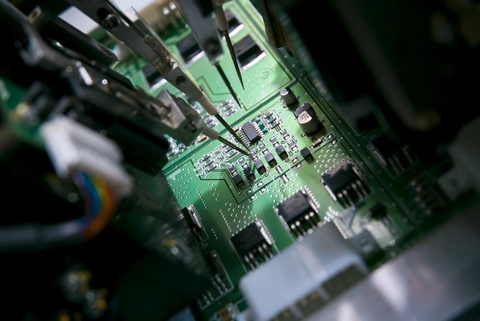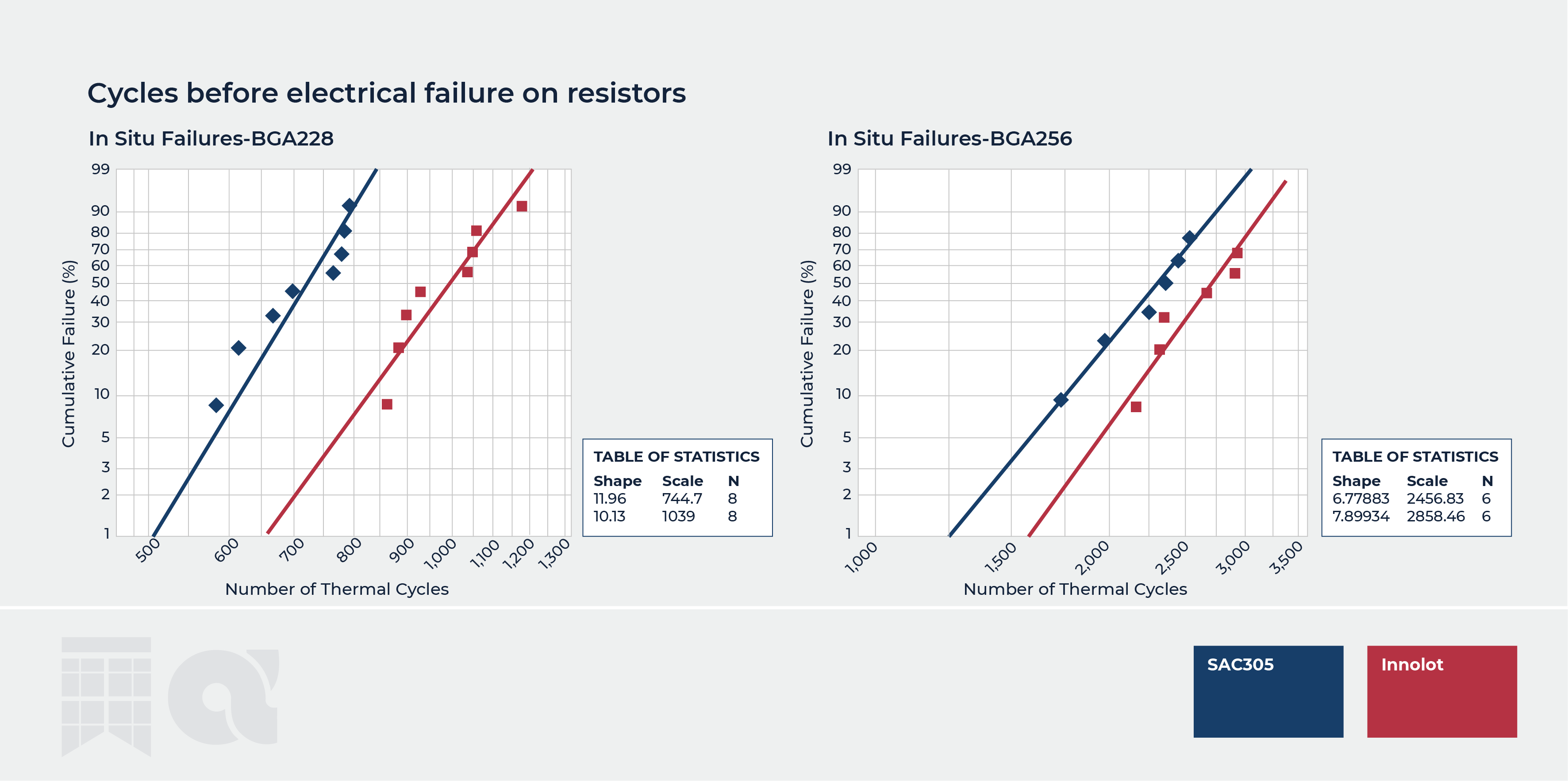
Early movers in hardware safety design
contact us

How does an automotive engineer become an early mover in hardware safety system design?
Written by Sharan Aiyappa - Director of automotive new business development, India

I read a quote recently “The brake on the mind is the best brake" from an article on tatamotors.com. The author, S J R Kutty, used this phrase to reinforce his message that automakers should "think safety before the start of any journey". It made me think of another transport industry, airplane manufacture.
Safety is ingrained in aircraft design and construction. These manufacturers maintain rigorous safety standards because just a single incident can negatively impact anyone affected and destroy their hard-earned reputation. In the age of increasing vehicular autonomy, safety is receiving similar scrutiny. A major difference between the two industries is that vehicle designers will have 'foresight blindness'. By this I mean that because there are no Level 5 (fully autonomous) vehicles in public use. So, there is no technological precedent to fall back on.
Arguably, in the road to full vehicular autonomy, the most important concern from a vehicle occupants’ perspective is safety. This will be critical to the brand reputation. Carmakers who prove exceptionally high safety standards will achieve brand differentiation on this key factor. Particularly when so much else is equal.

Let me return to the concept of foresight blindness. This theory teaches us about risk, or in other terms, not knowing. How can engineers mitigate risk in vehicular electronics? To return to the opening quote "think safety before the start of any journey".
Design of vehicular safety starts with creating systems that work both individually and together. Today’s supply chains typically provide hardware and software that inform the driver of potential hazards. However, hardware for automotive safety systems has been something of a ‘black box’ to carmakers.
Today, with safety hardware electronics now a critical factor for vehicle differentiation, and quite literally the part of a vehicle upon which brand reputations are made, this is changing. Engineers working on autonomous vehicle hardware are applying “The brake on the mind is the best brake". They are actually looking into the 'electronics black box'. And what are they finding? That choosing optimal materials, which perform over many years, even in the harshest environments, is key. Critical, particularly when you consider UN 'Decades of Action for Road Safety' aims to prevent at least 50% of road traffic deaths and injuries by 2030. By that time, according to Statista, autonomous vehicles are expected to account for about 12 percent of car registrations.

Consider this. Many OEMs have used conformal coatings and flooded circuit boards in an attempt to give assembly materials on PCBs additional protection. This is not applying 'the brake on the mind', or to put it another way, innovative thinking. It is akin to masking the issue, can be expensive and is not always an effective long-term solution.
In this example, traditional solder (the assembly material) can no longer withstand the thermal cycles associated with modern vehicular systems. Today, electronics hardware materials must withstand up to 3,000 thermal cycles to ensure long-term reliability. This is because they carry out a high volume of processing which generates additional heat. They also must withstand a constant cycle of aggressive heating and cooling, which can quickly lead to fractures and system failure.
Thinking safety before the start of the design journey by replacing traditional solder for a high reliability alloy, it is possible to design electronics safety hardware that is more durable materials, potentially aiding overall vehicle reliability.
Advanced testing of Innolot (an advanced solder from MacDermid Alpha Electronics Solutions) was conducted comparing it to traditional tin/silver/copper (SAC) alloy in a thermal cycle test. The results indicated that the size of the package, pitch and the overall input and output do influence the characteristic life of the solder joint, as observed by the characteristic life of the package. In both cases, the alloy increased solder joint reliability by a defined percentage when compared to the traditional SAC alloy. In the case of a BGA228 package, the increase is 39.5%. For a BGA256 package, the increase is 16.3%. The graphs above demonstrate the efficiency benefits of a high reliability Innolot alloy, when compared with a traditional SAC alloy

The graphs above demonstrate the efficiency benefits of a high reliability Innolot alloy, when compared with a traditional SAC alloy
Aerospace engineers, by culture, "think safety before the start of any (design) journey". As carmakers move beyond Level 3 vehicular autonomy, they could improve electronics hardware reliability by applying a brake on the mind and re-thinking potential causes of failure. Like, choosing the optimal materials for component robustness and longer life.